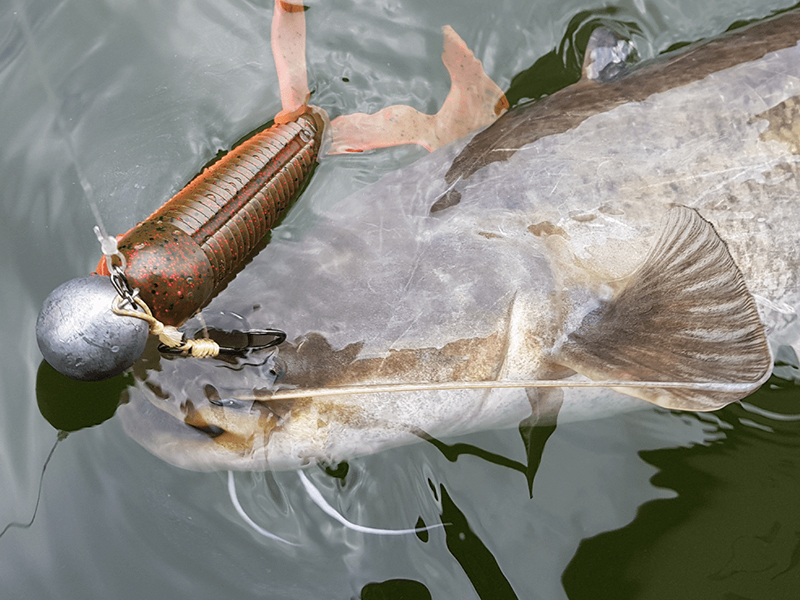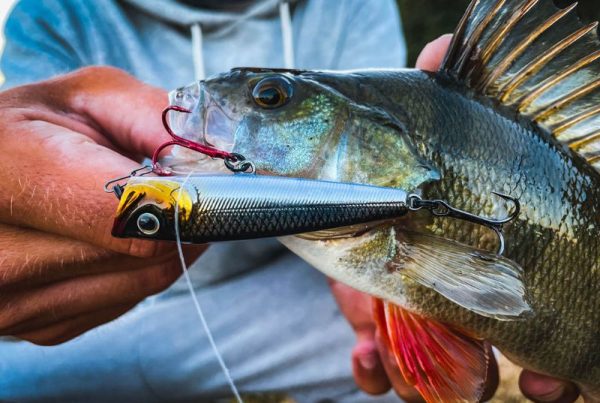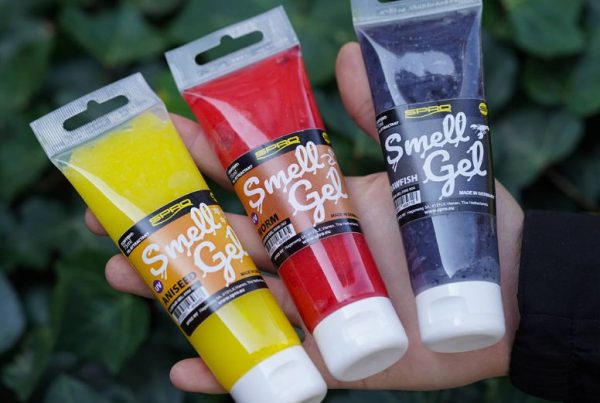Imagine if you had to tie a new knot on each lure before changing it. As a spin fisherman, you wouldn't even get to the actual fishing because of all the knot tying. Fortunately, there are snaps. The snap serves as an uncomplicated connection between the lure and the leader. The actual snap is often mistakenly referred to as a swivel. This is probably due to the fact that snaps are often sold in combination with swivels. The swivel prevents the line from twisting and has nothing to do with the connection to the lure. If you like fishing with spinners, you should always fit a swivel to the snap to prevent line twist and possible wigs on the reel.
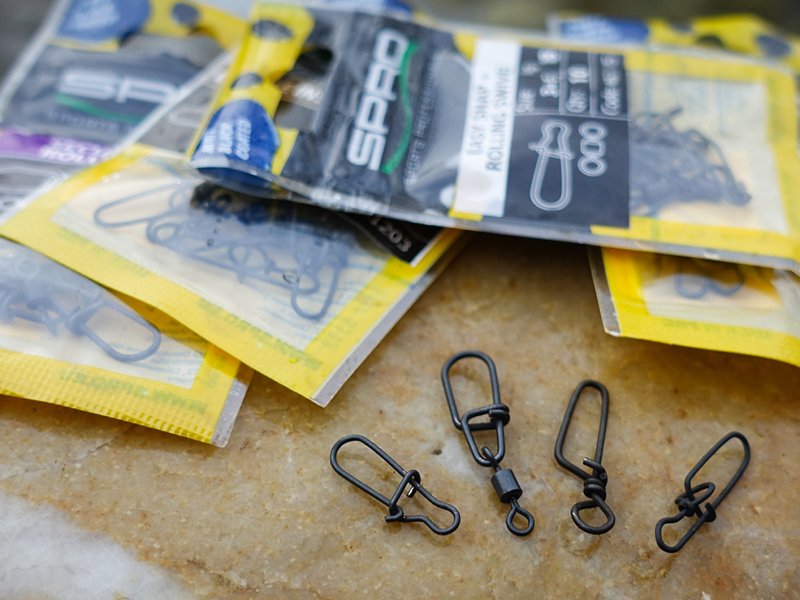
From left to right: Duo-Lock, Cross-Lock, Coastlock and Stay-Lock.
Snaps at a glance
There are a large number of different snaps for spin fishing. Each snap has its justification and its own area of application. It is important that the shape and size of the snap as well as the load capacity match the bait and the entire rig. For example, it makes no sense to hang a small and delicate wobbler on a large hook, as it may be so heavy and bulky that the lure does not run properly or sinks like a stone.
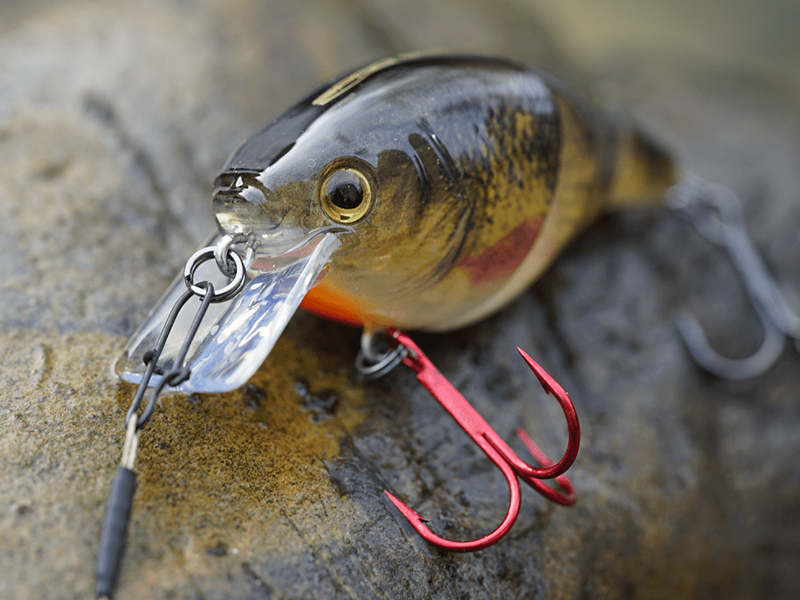
Duo-Locks
Thanks to the snap, lures can be changed quickly and easily on the water. So-called duo-locks are used most frequently.
This snap is suitable for both jigs and plugs. Due to its design, the load capacity is not particularly high, which is why this snap is not suitable for heavy lures such as jerkbaits and swimbaits.
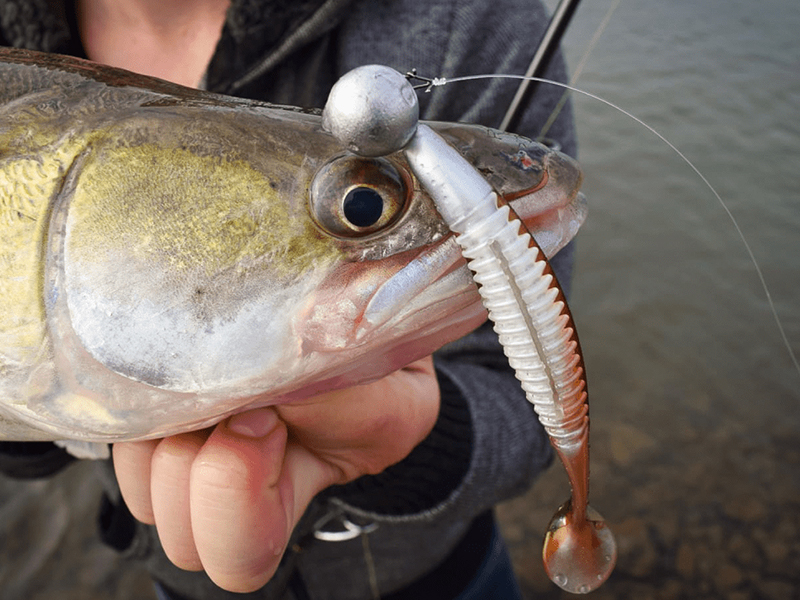
Duo-Lock-Snaps can be pushed very well through the eye of jig heads and are the first choice when fishing with jig heads.
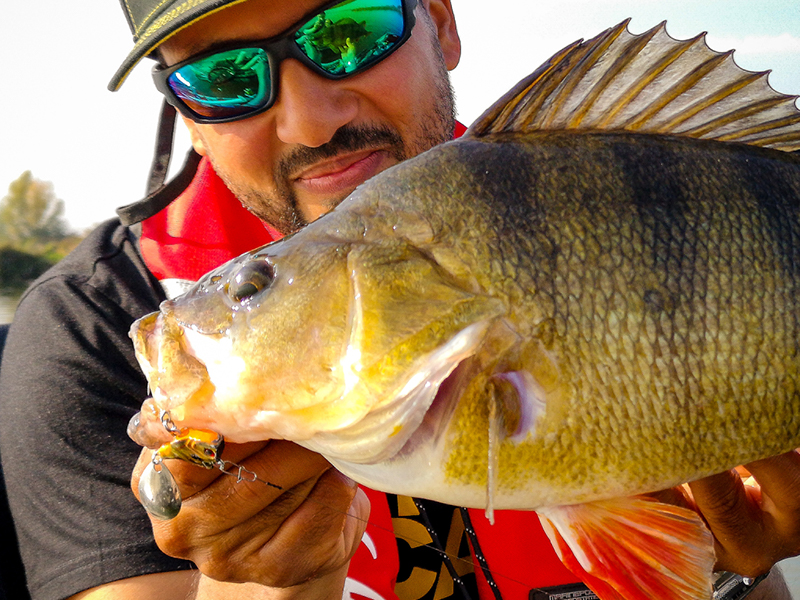
Cross-Locks
This snap has a rounder and wider bow. This means that the aggressive action of the lure is not impaired.
If you need small snaps with higher load-bearing capacities, you are better off with so-called cross-lock snaps. These have almost twice the load capacity of Duo-Snaps of the same size. However, the more stable design has a disadvantage. The opening of the snap does not fit through the small eye of most jig heads, which is why cross-lock snaps are more suitable for lighter jerkbaits than for soft lure fishing. If you fish a lot with plugs, you should make sure that the snap ring or the eyelet on the plug has enough play in the snap so as not to distort the run of the lure. Snaps with a large and round bow are suitable for this.
It is important that the lure can move easily in the snap and that the force of the load is well distributed. If the hook bend is too narrow, this can restrict the movement considerably. If the bend is too tight for the bait to move, you can use a snap ring to provide the necessary leeway if necessary.
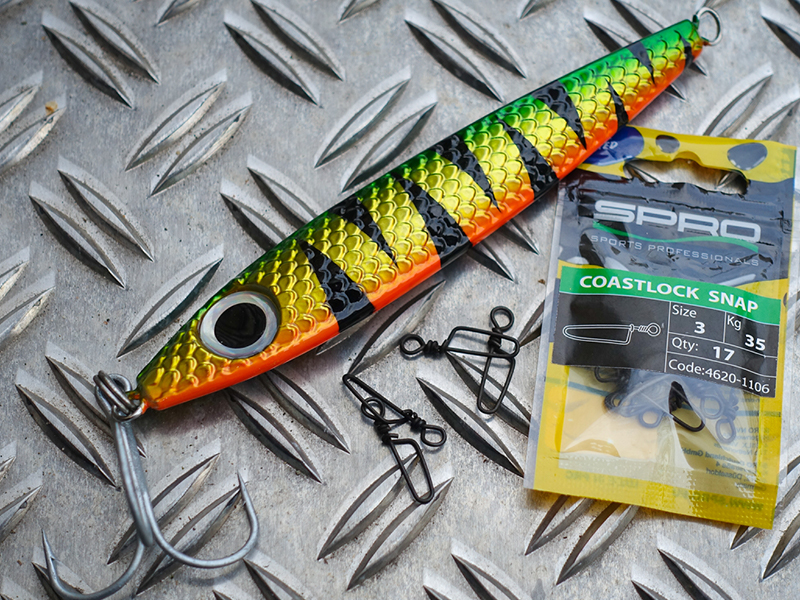
Coast-Locks
Other models are available for fishing with larger lures, depending on the lure. For example, a Coastlock snap with a high load capacity is suitable for fishing with large rubber fish. The opening of the snap fits well through the eye on the jig head. This shape is also ideal for heavy deep-sea fishing with pilkers for cod, coalfish and other species.
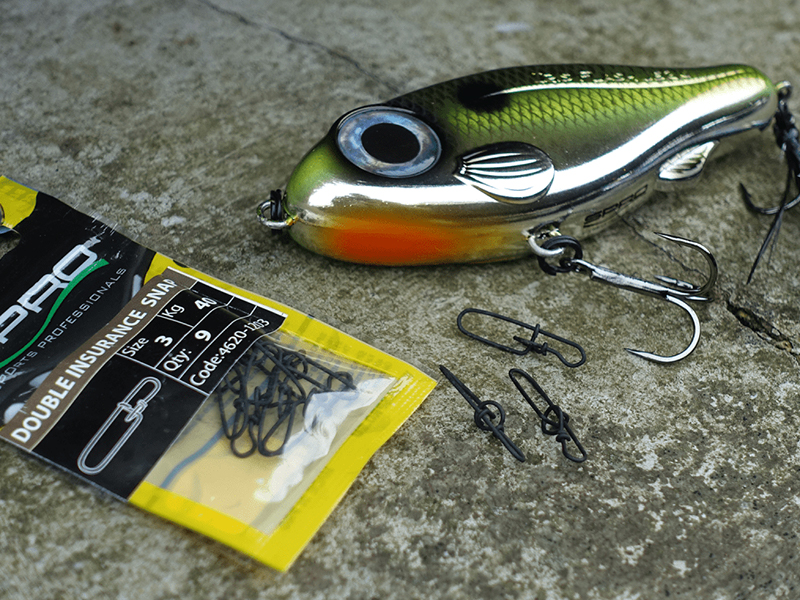
Stay-Locks
For heavy jerkbait fishing or targeted pike trolling, however, a so-called ring-lock or stay-lock is the right choice. This design enables particularly high lifting capacities and a high degree of maneuverability and safety.
Another advantage of this snap is that this hanger can be replaced by the loop of a leader by opening the snap and simply pulling the loop over the large bow.
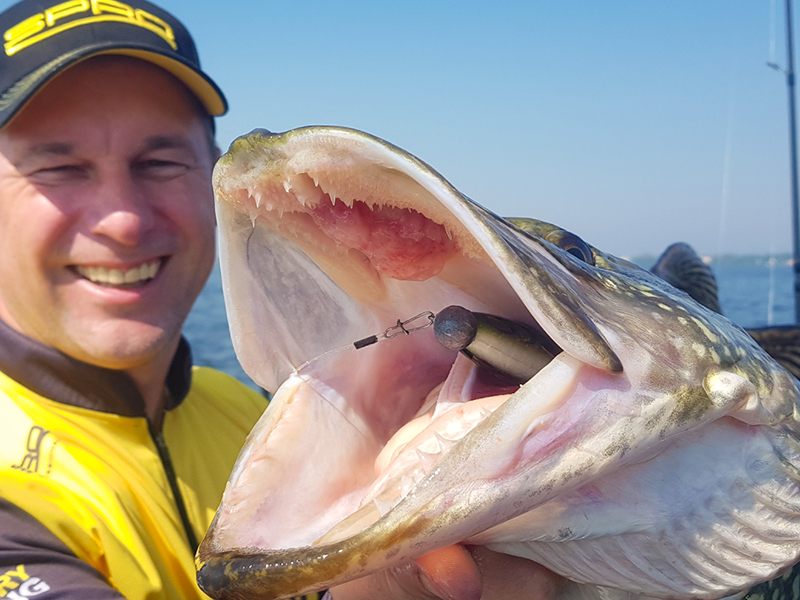
What you should consider
Snaps do not last forever either. They are not only under a certain amount of strain when they are cast. A predator's mouth also pushes some snaps to their limits.
Changing the snap is a good idea if it has been damaged, for example. It is not only leaders that suffer from the stress of drills, casts and ground contacts. Snaps also have to withstand a lot. Bent or damaged snaps should definitely be disposed of. The best rod and reel are of no use if the fish of a lifetime is lost due to an inferior or broken snap.
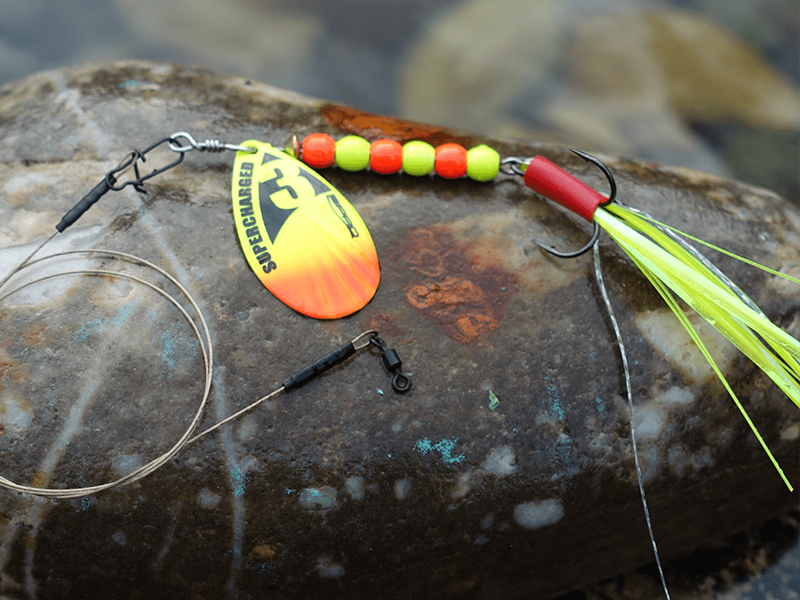
As already mentioned, a barrel swivel should be used in the rig when fishing with spinners. This variant has proven itself with a steel leader - snap on the bait and the swivel as a connection to the main line.
If you pay attention to the quality of your small parts and check your snap for damage more often than not, you can go hunting for the next big predator with a clear conscience. And maybe a fighter like this will be the next one to get in...
